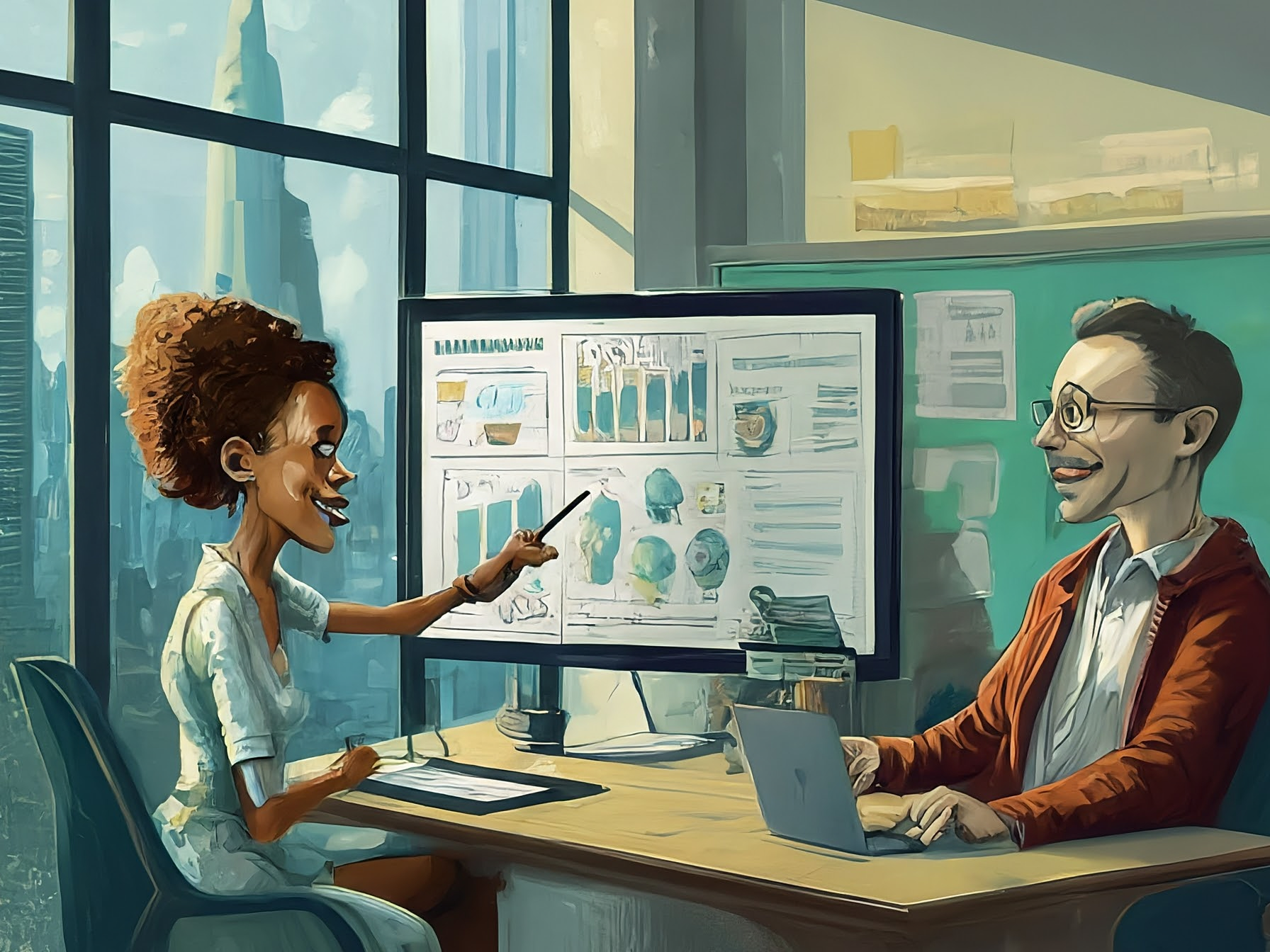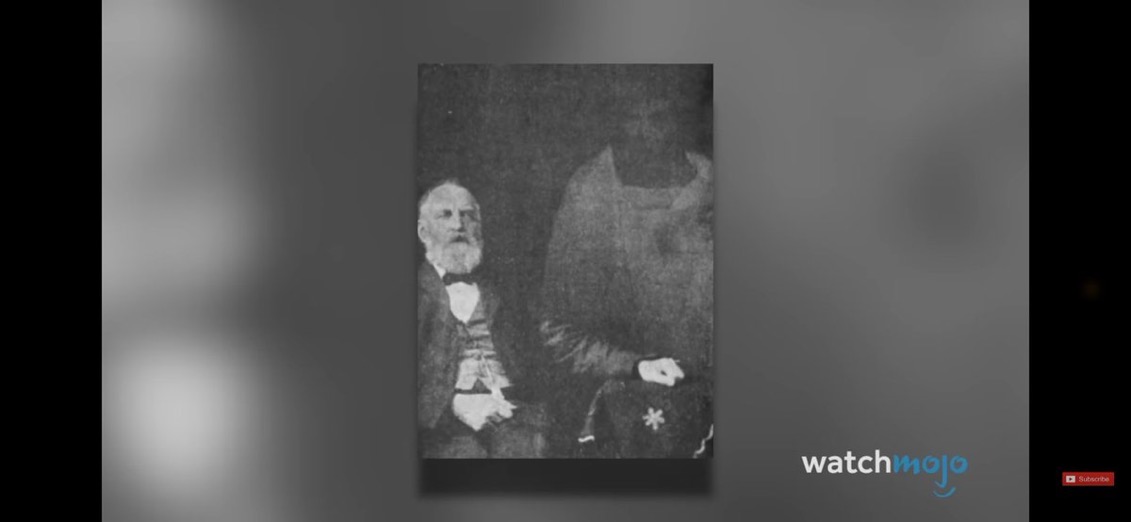71% of large brands eye AI for 2025 as 54% of marketers plan ad cuts: Report
Nielsen's Annual Marketing Report reveals marketers' adaptability amidst technological advancements and economic shifts. They're embracing Connected TV and Retail Media Networks, alongside a surprising resurgence in traditional media. While AI is key for personalization, budget cuts loom in 2025, especially in Europe. Regional strategies diverge between brand awareness and revenue growth.
Highlights

In an era defined by rapid technological advancements and economic unpredictability, marketers are demonstrating remarkable agility in adapting their strategies. This is the overarching theme of Nielsen's seventh Annual Marketing Report, a comprehensive survey of leading global marketers that sheds light on their evolving priorities, investment shifts, and measurement challenges. The report, released today, offers crucial insights for navigating a marketplace in constant flux.
One of the most striking findings is the enthusiasm for evolving technologies and new advertising frontiers. Connected TV (CTV) and Retail Media Networks are emerging as significant growth areas. A substantial 56 per cent of marketers plan to increase their over-the-top (OTT)/CTV spend, marking a three per cent rise year-on-year, while nearly two-thirds (65 per cent) anticipate retail media networks playing a larger role in their media strategies this year. This indicates a clear recognition of the power of these channels to reach engaged audiences and drive conversions.
Interestingly, while digital channels continue to attract the lion's share of new budgets, and overall marketing budgets are set to be leaner in 2025, there's a surprising resurgence in traditional media. More marketers are planning increases to their traditional media budgets compared to 2024, with a notable 16 per cent intending to boost their out-of-home budget by over 50 per cent this year. This suggests a strategic recalibration, acknowledging the enduring impact and complementary role of traditional channels.
Artificial intelligence (AI) is also firmly on marketers' radar, particularly for personalisation and optimisation. Almost three-quarters (71 per cent) of brands with substantial ad budgets (USD 1B+) view AI for these purposes as the key trend likely to impact their business in 2025. This highlights a clear understanding of AI's potential to enhance campaign effectiveness and deliver more relevant experiences to consumers. These positive outlooks on new technologies and strategic budget allocation are, however, tempered by a prevailing sentiment of caution: over half (54 per cent) of global respondents are planning to cut ad spending in 2025, a figure that rises to 60 per cent in Europe, signaling a leaner year ahead.
The report also delves into the delicate balance marketers are striking between driving bottom-of-funnel revenue and cultivating top-of-funnel brand awareness. Significant regional differences emerged. North American and Asia-Pacific marketers are maintaining a near-even split, prioritizing brand awareness at 48 per cent and 50 per cent respectively, alongside revenue growth at 47 per cent and 52 per cent. Conversely, European marketers are heavily skewed towards revenue growth (59 per cent), with brand awareness trailing at just 37 per cent. Latin America presents a different picture, favoring brand awareness at 46 per cent compared to 41 per cent for revenue. This regional divergence underscores the impact of diverse market conditions and business objectives on marketing strategies.
Another critical balancing act involves the allocation of paid marketing budget between digital and traditional channels. While almost a quarter (24 per cent) of global marketers prioritise digital, almost a third (32 per cent) are focusing on traditional. The majority (44 per cent) opted for a balanced approach, with Latin America exhibiting the most even distribution. This nuanced allocation reflects a growing understanding that an integrated, multi-channel approach is often the most effective.
Finally, the report addresses the persistent challenge of measuring success in a constantly evolving landscape. A significant hurdle for marketers is the integration of digital and traditional channels into a holistic measurement framework. Only 32 per cent of marketers globally currently measure their media spending holistically across both digital and traditional channels, with even lower figures in Latin America (29 per cent) and Europe (23 per cent). This lack of comprehensive measurement is compounded by numerous challenges in calculating the ROI of cross-media campaigns, including data issues, weak tools, an abundance of vendors, and a lack of transparency across emerging channels like retail media networks, which, while exciting, add a layer of complexity.
Alison Gensheimer, SVP, marketing, Nielsen, encapsulated the report's key takeaways: “Our latest Annual Marketing Report has uncovered that, despite difficult economic uncertainties, marketers are demonstrating their inherent agility by embracing new touchpoints like Retail Media Networks and CTV, optimizing media mixes, and leveraging AI. To truly capitalize on these advancements and align media investments with objectives, reliable and comprehensive measurement is paramount and, at Nielsen, we are committed to ensuring measurement solutions keep pace with the complexities of modern cross-media advertising, supporting growth now and well into the future."
Nielsen's report paints a vivid picture of a marketing landscape in transition. Marketers are embracing innovation, strategically reallocating budgets, and grappling with the complexities of measuring success in a fragmented media environment. The insights provided are invaluable for businesses seeking to not only survive but thrive in this dynamic and ever-changing marketplace.
- Published On May 22, 2025 at 10:45 AM IST










:max_bytes(150000):strip_icc()/Parents-New-Parent-Playbook-Postpartum-B-54722a27ae1248d886cf5d004f4bd486.jpg)

:max_bytes(150000):strip_icc():focal(749x0:751x2)/jason-momoa-Adria-Arjona-tout-052225-65102b5ffde64e819a81f4ad4eb3853c.jpg)